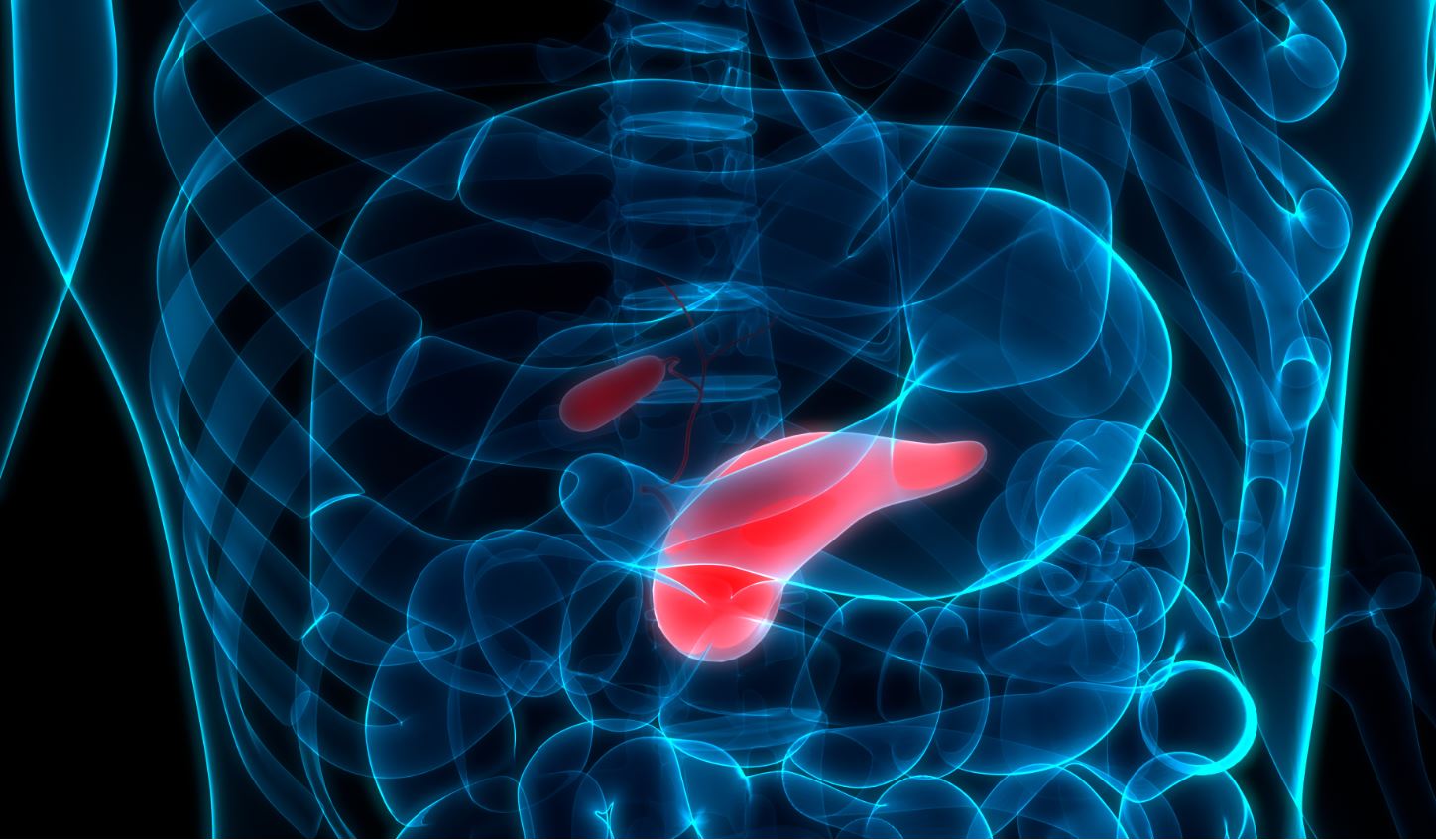
International research collaborations have looked at improving treatment for Acute Pancreatitis and run a cost analysis on major pancreatic cancer surgery.
Acute Pancreatitis (AP) is one of the most common diseases around the world. Associated with a considerable risk of morbidity and even death in patients who suffer a severe form of the disease, to date there is no specific treatment for it.
Now international AP experts have published a roadmap in the journal Gut (BMJ) pinpointing the two most significant thresholds in the disease that could serve as a starting point for targeting treatment strategies for this painful condition. The authors highlight the possibility of more than one risk factor (e.g. alcohol, gallstones, hypertriglyceridemia, drugs, etc) working in a complementary manner to trigger an episode of AP.
These findings validate the significance of the previously described first threshold – the point when the damage to the acinar cells of the pancreas is sufficient to trigger the infamous inflammatory cascade (Barreto and Saccone, 2010) – while highlighting the importance of a second threshold, namely the point when a person develops clinical symptoms of the disease sufficient to warrant going to hospital.
“This transcontinental collaboration of pancreatologists drew on their vast clinical and research experience spanning decades investigating the pathophysiology and treatments for AP – one of the most common causes for emergency presentations all over the world,” says corresponding author Dr Stephen Pandol MD, from the Cedars Sinai Medical Center in California.
“This study presents the most updated and comprehensive pathogenesis of AP along with various promising avenues for further research,” adds first author Dr Savio (George) Barreto, from Flinders University’s College of Medicine and Public Health.
The new Gut paper, ‘Critical thresholds: key to unlocking the door to the prevention and specific treatments for acute pancreatitis’ (2021) by SG Barreto, A Habtezion, A Gukovskaya, A Lugea, C Jeon, D Yadav, P Hegyi, V Venglovecz, R Sutton and SJ Pandol has been published in Gut (BMJ) DOI: 10.1136/gutjnl-2020-322163

In another international collaborative study, experts have compared costs related to the complex pancreatic operation called the Whipple’s operation (or pancreatoduodenectomy) performed on 1406 patients from three hospitals in three continents (US, Italy and India) to demonstrate that it is possible to identify the drivers of costs of surgery.
“The information generated from understanding these drivers can be used to forecast the costs associated with any surgery,” says Dr Barreto, a surgeon and researcher based at Flinders University.
“The study not only achieved its goal of identifying cost drivers in surgery, but more importantly identified variations in these drivers (for the same procedure) across the three cohorts,” he says.
“In this study, the authors developed a cost forecasting tool (an ‘APP’) to provide patients, at the time of informed financial consent, as well as funding agencies, with a more realistic cost estimate for a given operation. The APP warrants future validation.”
The incidence of pancreatic cancer is increasing around the world. Surgery is an important contributor to health care expenditure around the world.
The term ‘catastrophic expenditure’ has been introduced to reflect the financial hardship of care afflicting nearly 25% of patients and their families faced the prospect of surgery. This has prompted the World Bank and the Lancet Commission on Global Surgery to set the ambitious goal of eliminating impoverishment due to the cost of surgery.
The problem of excessive billing needs to be tackled by introducing cost transparency, preoperative informed financial consent, price regulation and negotiated rates between health care providers and insurer.
Each year pancreatic cancer is diagnosed in 250,000 patients worldwide (more than 40,000 in the US), and because only a limited number of patients are diagnosed early enough for successful surgical intervention, 225,000 die. To date, chemotherapy and radiotherapy are only partially and transiently effective.
See ‘Forecasting surgical costs: Towards informed financial consent and financial risk reduction’ (2020) by SG Barreto, N Bulamu, A Chaudhary, G Chen, K Kawakami, L Maggino, G Malleo, S Pendharkar, MT Trudeau, R Salvia, CM Vollmer Jr and JA Windsor published in Pancreatology (Elsevier) DOI 10.1016/j.pan.2020.12.014

